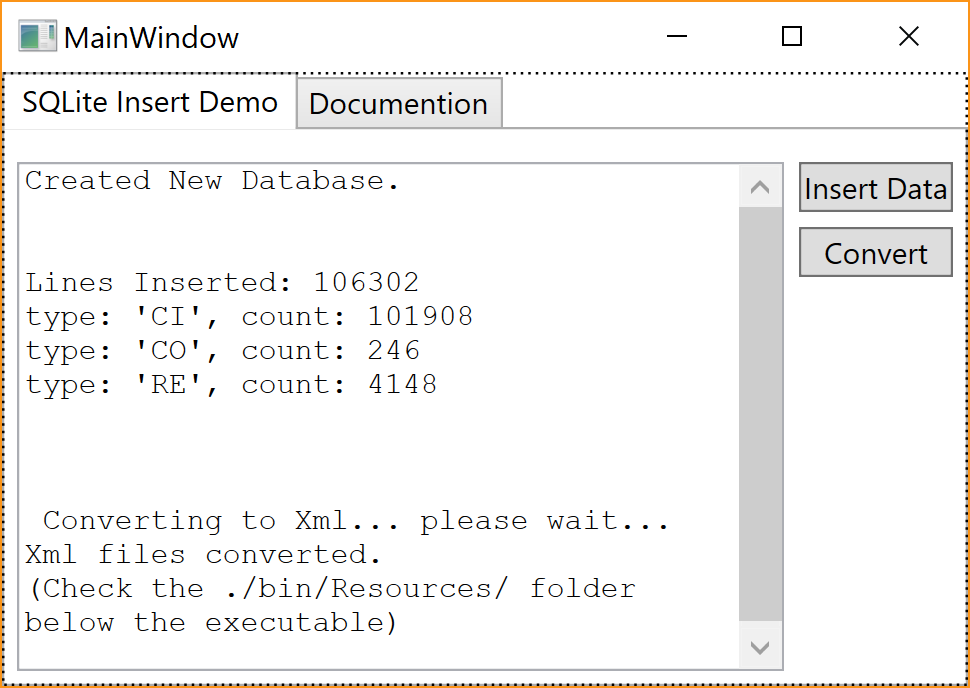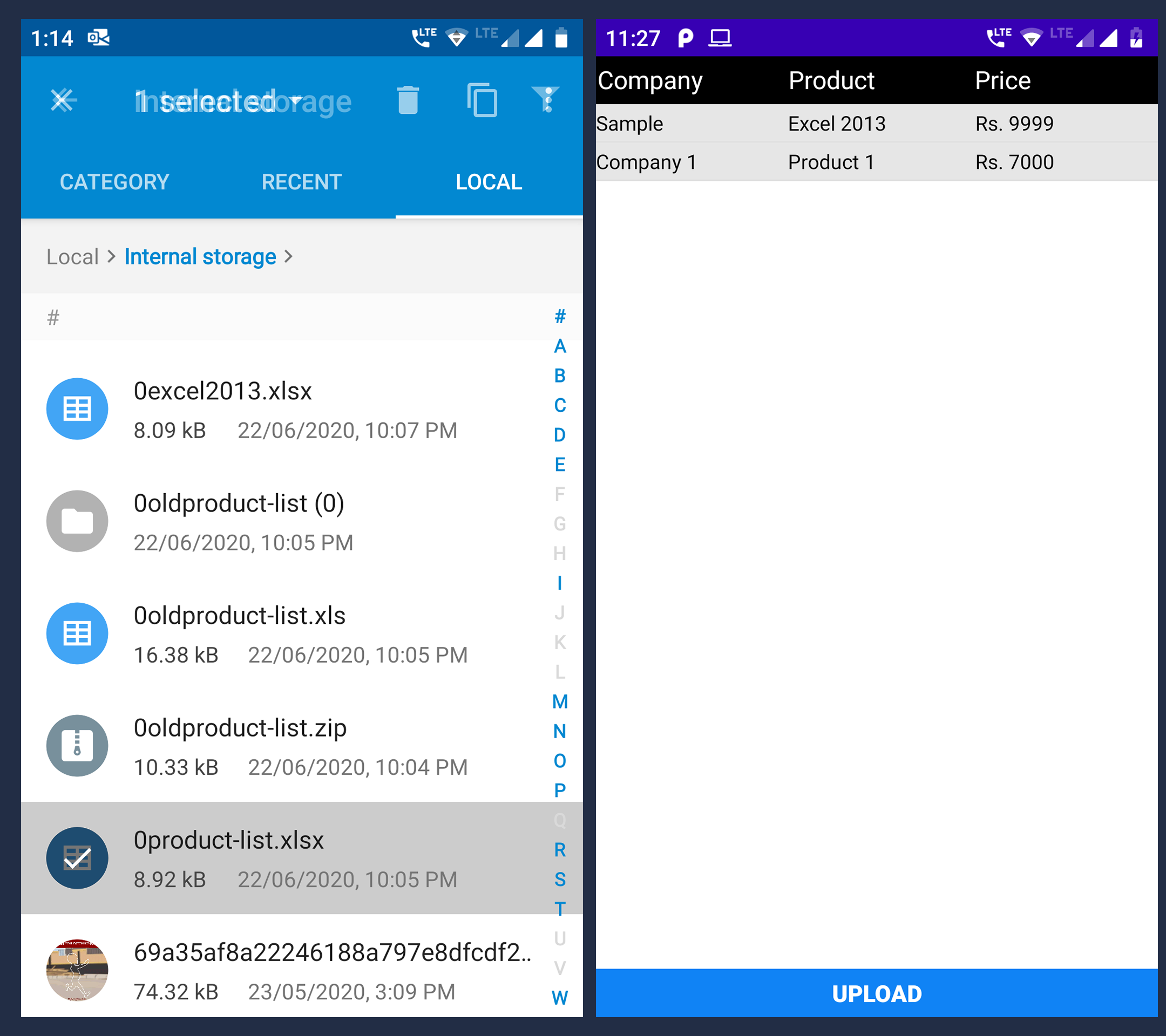

You can perform restoration from the generated testDB.sql in a simple way as follows −Īt this moment your database is empty, so you can try above two procedures once you have few tables and data in your database.

The above command will convert the entire contents of testDB.db database into SQLite statements and dump it into ASCII text file testDB.sql. dump dot command to export complete database in a text file using the following SQLite command at the command prompt.

quit command to come out of the sqlite prompt as follows − Once a database is created, you can verify it in the list of databases using the following SQLite. SQLite works directly with local database files and doesn’t require a centralised server. It works really nicely for local data storage as it is lightweight, platform-independent, and no server process is needed.
#SAMPLE SQLITE DATABASE FULL#
If you have noticed while creating database, sqlite3 command will provide a sqlite> prompt after creating a database file successfully. SQLite is a full relational database and is appropriate for storing large amounts of data. This file will be used as database by SQLite engine. (): SQLite VB Sample :SQLite VB Sample - This is a sample program for SQLite database using dhRichClient3 db engine and FreeImage for rendering BLOB image data. The above command will create a file testDB.db in the current directory. If you want to create a new database, then SQLITE3 statement would be as follows −Įnter SQL statements terminated with a " " Syntaxįollowing is the basic syntax of sqlite3 command to create a database: −Īlways, database name should be unique within the RDBMS. You do not need to have any special privilege to create a database. In SQLite, sqlite3 command is used to create a new SQLite database.


 0 kommentar(er)
0 kommentar(er)
